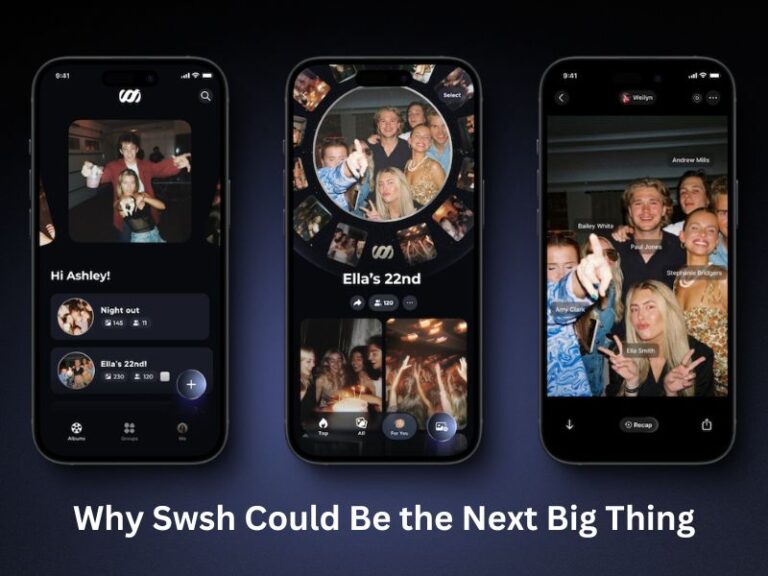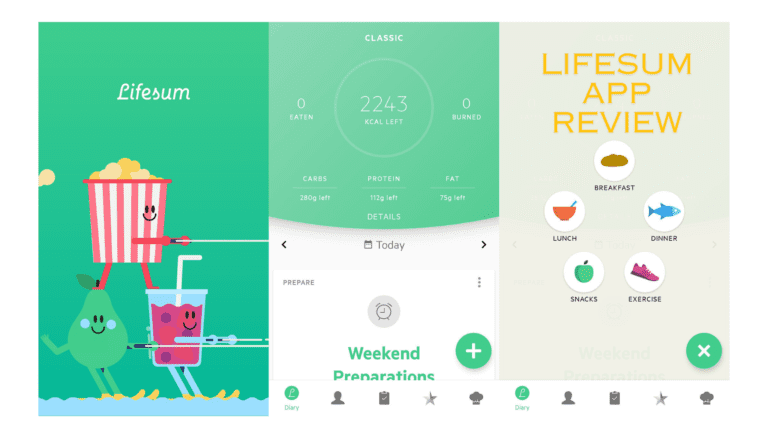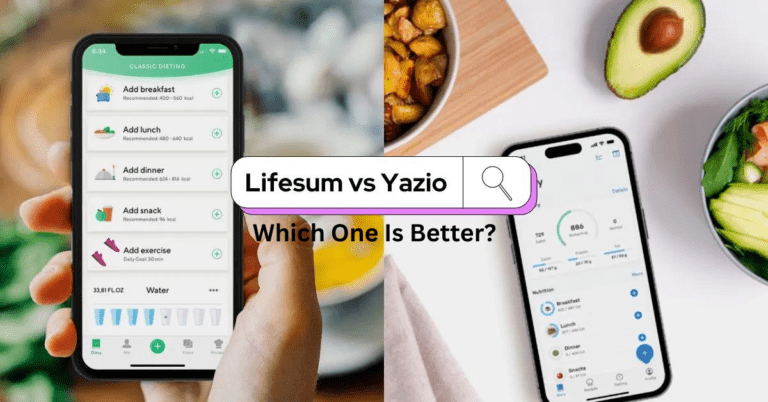What Happened to Zelle App Shutdown: What It Means for Users

Popular payment app Zelle has recently announced the shutdown of its standalone app. But there’s no need to panic; Zelle isn’t shutting down entirely. Instead, it will now be directly available within banking apps. Let’s understand why this change is happening and what it means for you.
The End of the Zelle App
On April 1, 2025, Zelle officially discontinued its standalone app. The company found that nearly 98% of users were already using Zelle through their banking apps. Since over 2,200 banks already offer Zelle, having a separate app was unnecessary.

Early Warning Services launched Zelle in 2017 to provide a seamless way to transfer money directly between bank accounts. Unlike Venmo, which requires users to move money to a digital wallet before transferring, Zelle sends money instantly to bank accounts, making it more convenient.
Why Shut Down the App?
- Low Usage- Only 2% of transactions were made using the standalone app. Maintaining an app for such a small number of users was expensive and inefficient.
- Already Available in Banks- Since most banks already provide Zelle within their apps, a separate app wasn’t needed anymore. Users can continue using Zelle directly from their bank’s mobile or online banking.
- Better Security- The standalone app was a target for scams and fraud. By fully integrating with bank apps, Zelle aims to enhance security and fraud detection.
What Changes for Users?
- Re-registration Needed – Users who relied on the standalone app will need to register for Zelle within their bank’s app. This usually involves linking a phone number or email to a bank account.
- No Service Disruption- The app shutting down doesn’t mean Zelle is gone. The service will continue to work through participating banks.
- Stronger Security- With full integration into bank apps, Zelle will be even more secure. Banks already have strong security measures in place to protect users from fraud.
Also Read:
Alternatives to Zelle

If your bank doesn’t support Zelle or you’re looking for other options, here are some alternatives:
- Venmo—Allows sending and receiving money, splitting bills, and making purchases. However, instant bank transfers come with a fee.
- PayPal—A well-established digital payment service that offers peer-to-peer transfers and online shopping.
- Cash App—It offers features similar to Zelle, including instant transfers and debit card linking.
A Big Change, But a Beneficial One
Zelle’s decision reflects a broader shift in the digital payment industry. Payment services are increasingly being integrated into banking apps, reducing the need for standalone apps.
In 2024, Zelle processed over $1 trillion in transactions, solidifying its place as a major player in digital payments. By focusing on bank integration, Zelle aims to enhance speed, security, and convenience.
Also Read:
- WhatsApp Introduces Music for Status Updates
- Why Section 230 is the Backbone of a Free and Innovative Internet
The end of the standalone Zelle app marks a new chapter, but there’s no reason for concern. The service remains available, now with improved security and convenience. Users who need to transition will find the process simple and beneficial.
Zelle’s move highlights the importance of security and user trust as the digital payments landscape evolves. Whether you’re a longtime Zelle user or exploring alternatives, the future of digital payments looks promising.

![BrightWheel App Reviews- Best and Worst Thing You Need To Know [2024] BrightWheel App Reviews](https://mediatalky.com/wp-content/uploads/2024/03/Reviews-768x474.jpg)



![Aquamanga Site- A Hidden Gem of Biodiversity and Beauty [2024] Aquamanga Site](https://mediatalky.com/wp-content/uploads/2024/04/Aquamanga-Site.jpg)
